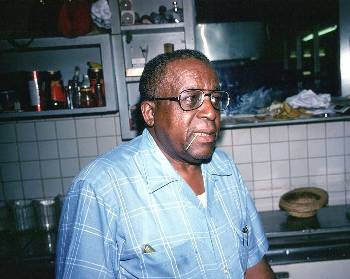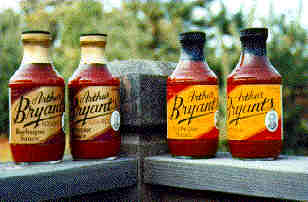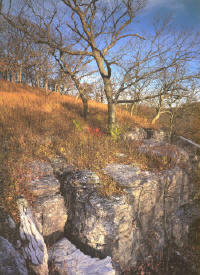
Naked Executives like to get, well, naked, and sexually harass employees. Click on title above for the link. I don't condone the sexual harrassment, but I'm in love with their product nonetheless. This juice maker has created such a niche that Pepsi Co. has decided to add its line to their product list, which includes Lays potato chips, Pepsi-cola, Rice-a-Roni, Tropicana juices, Quaker Oatmeal and Gatorade, all products I've consumed in the last year.
I first discovered this healthy nectar back in the summer of 2004 when I was living on my friend Amy's couch in the Broadway-Gillham neighborhood of East Westport. She went up to Wild Oats one day and came back with a strange protein shake concoction that turned out to be Naked's Protein Zone, which offers 34 grams of protein and is made from apple, pear, banana, and pineapple juices/purees with some coconut milk thrown in for good measure. My initial reaction was that the brew was hideous tasting, and I swore the stuff off. But on subsequent visits to Wild Oats, the other flavors caught my eye and pretty soon I was experimenting with the Green and Red Machines. It wasn't until I came down with a cold in the following winter that my fate of Naked Devotee was sealed. Looking for any advantage against the common cold bacteria, I purchased a Power C based on its Vitamin C content, which was 20x the RDA recommended daily dosage of 60-95 mg.
I have since moved on to other Nakeds and have liked most, and even loved some. I drink a Blue Machine every morning after
a particularly grueling night of drinking because the B Vitamins help the hangover and are essential for liver health. I have other friends who are devotees too, including one who says that he uses Nakeds as meal replacements, sometimes eating nothing else in a day besides two or three "superfood" Nakeds. As of today,I've tried 14 of their 26 total beverages. My favorite? Right now it's a toss-up between Power C, Blue Machine, Gold Machine, Mighty Mango and the Green Machine. I haven't given much attention to their Pomegranate and Acai Berry offerings mainly because their availability is limited here in Kaycee. But I imagine their distribution will be widespread once the Pepsi sale is finalized and the takeover complete. Juice lovers have been assured that there will be no change in the quality of the product we've grown to love and sometimes depend on for good nutrition and feeling good. Here's to Naked, just let the ladies be.




